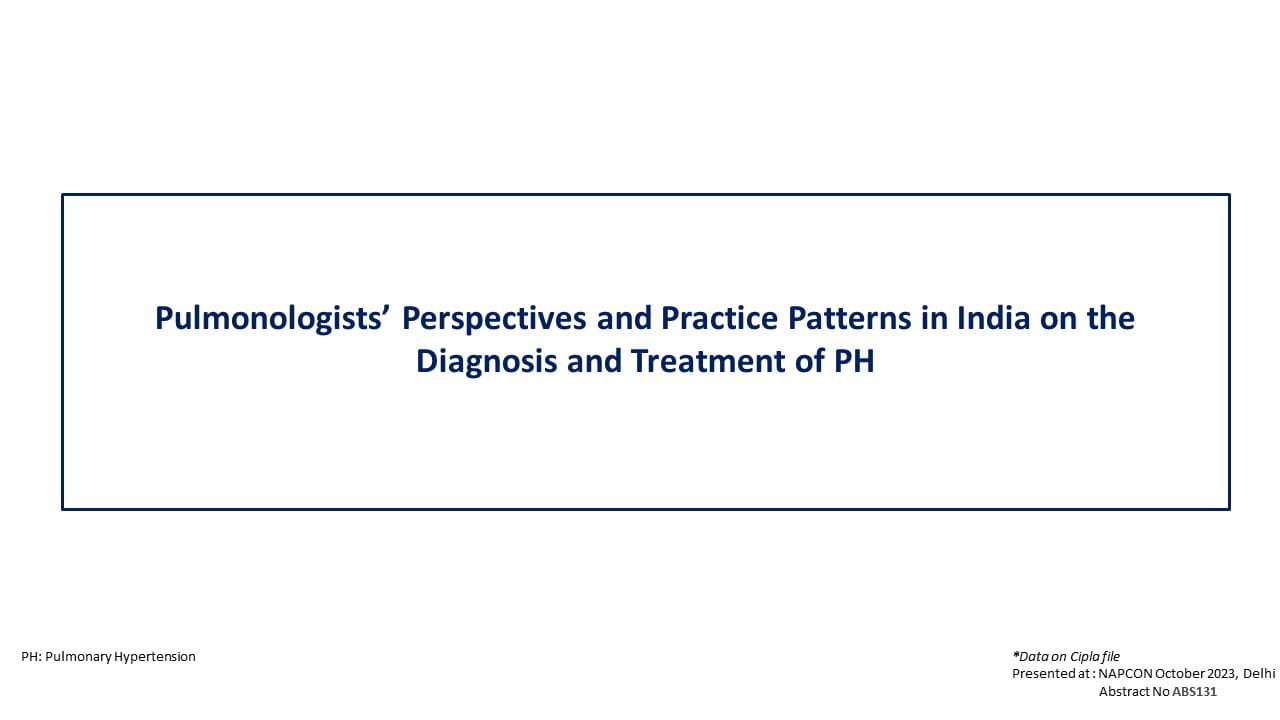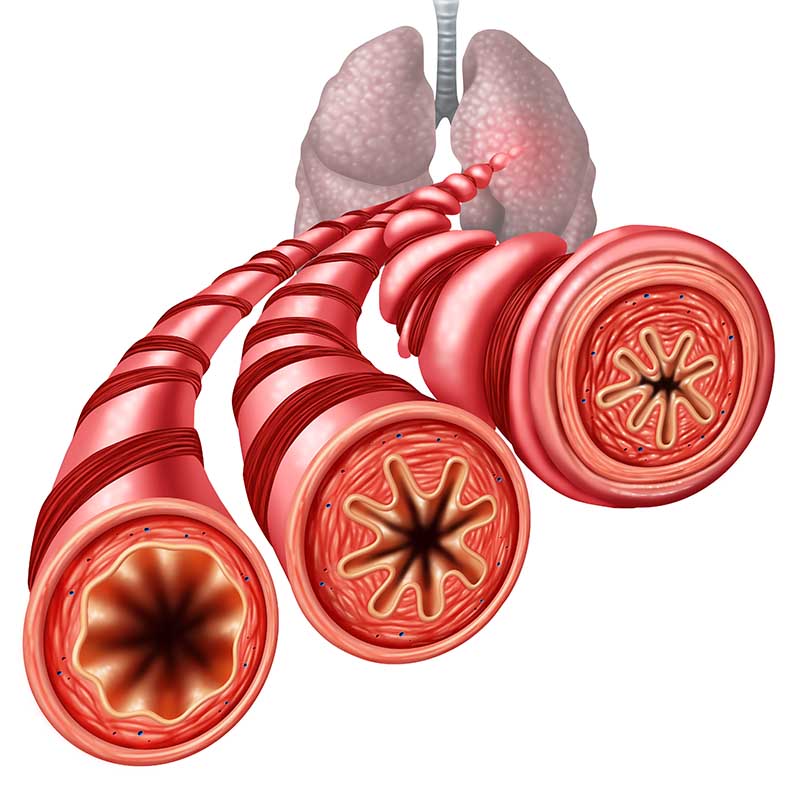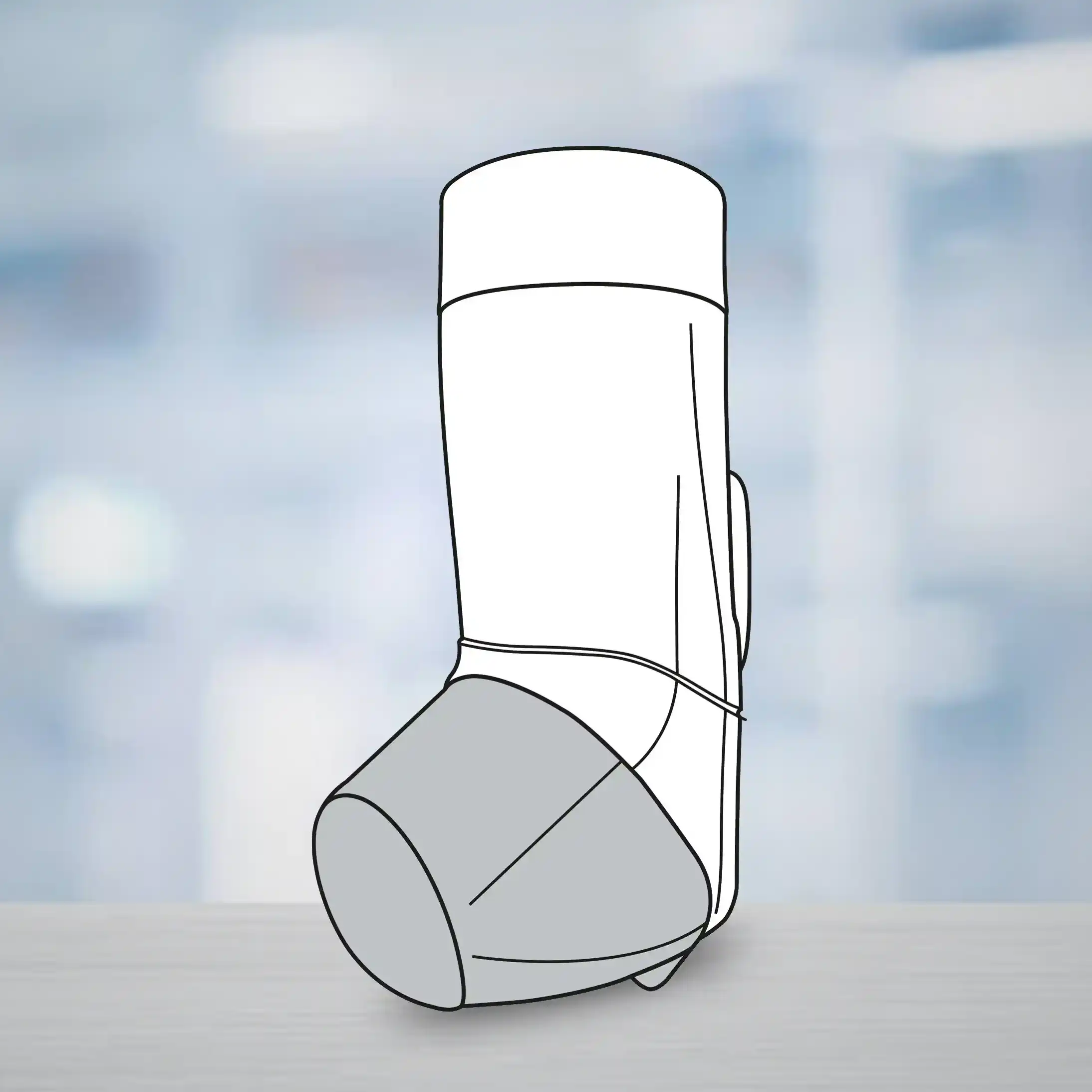Introduction
Chemotherapy-induced nausea and vomiting are major adverse effects in pediatric cancer patients. Standard clinical practice involves using 5-hydroxytryptamine 3 (5-HT3) receptor antagonists, such as ondansetron, to manage these symptoms. Nonetheless, more than 50% of patients still experience nausea and vomiting despite this treatment.
Aim
To assess the impact of adding omeprazole to ondansetron in managing chemotherapy-induced nausea and vomiting.
Patient profile
Children aged 1 to 18 years, diagnosed with cancer, and who received intravenous chemotherapy.
Methods
- Double-blind, randomized, controlled trial.
- The severity of nausea and vomiting was measured by the Rhodes index of nausea vomiting and retching (RINVR) during the 24 hours after initiation of emetogenic chemotherapy.
Study Outcomes
The primary efficacy outcome was the proportion of patients achieving a complete response, defined as the absence of nausea and vomiting.
Results
- Combining omeprazole with ondansetron was more effective in managing chemotherapy-induced nausea and vomiting (CINV) in pediatric cancer patients compared to ondansetron alone.
- The treatment was unsuccessful in 50% (16/32) in the ondansetron + placebo group and in 18.4% (7/38) in the ondansetron + omeprazole group.
- Significant difference in the clinical response was reported between groups ( figure 1)
Figure1: Clinical response to medication
|
Conclusion
- The success rate for therapy (complete response) with 0.5 mg/kg ondansetron was 50%.
- However, combining 0.5 mg/kg body weight omeprazole with ondansetron increased the success rate to 81.6% (31/38) (RR 1.6; P = 0.01).
- The addition of omeprazole to ondansetron demonstrated significantly enhanced efficacy in managing chemotherapy-induced nausea and vomiting.
Reference
Paediatr Indones. 2018;58:42-7










